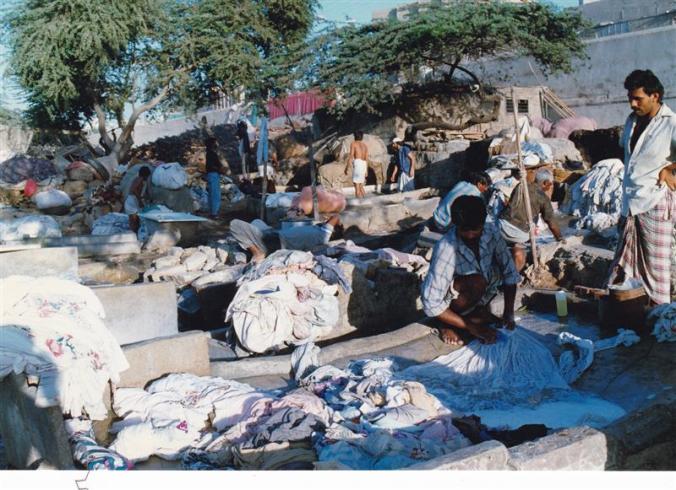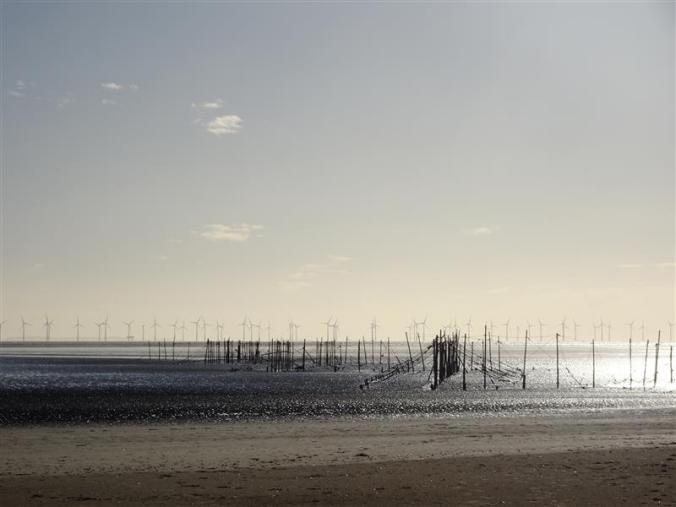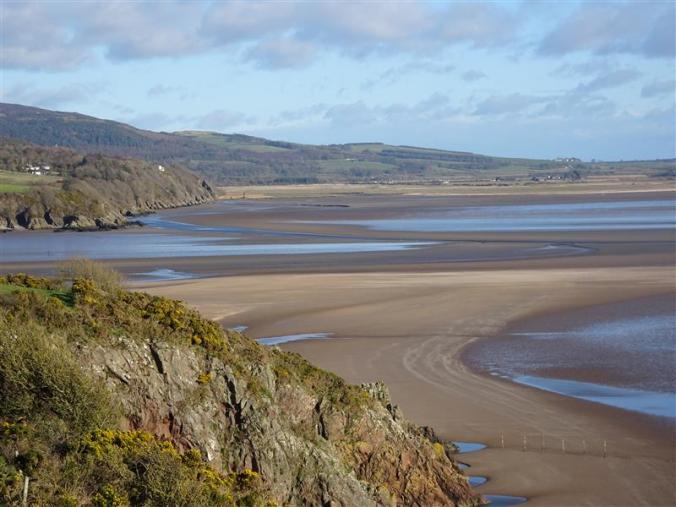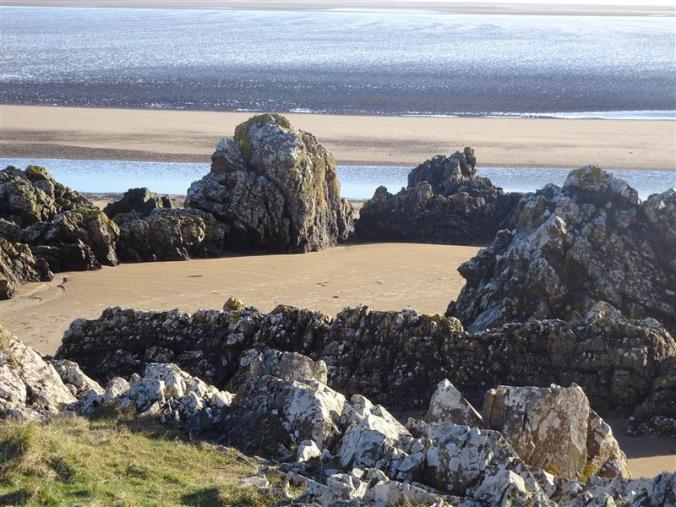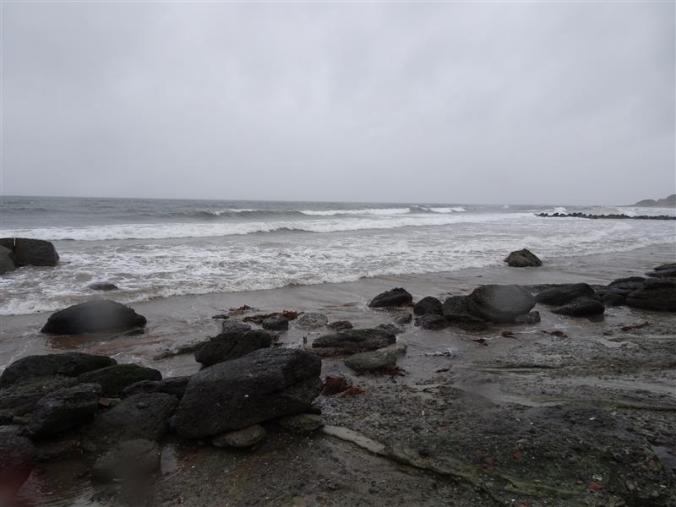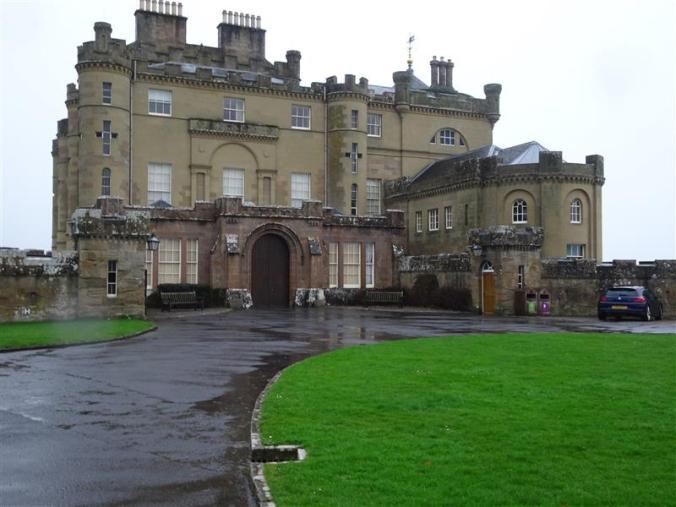
I’m delighted to say I received the Sunshine Blogger Award in in February 2019 from Rob Goldstein at Art by Rob Goldstein.
Rob started his blog in 2013 to advocate for himself and other people with trauma related mental health problems. He is informative, writing with honesty and clarity and inspirational. Over the years his blog has evolved and includes his own poetry and other writing, digital art and photography.
The Sunshine Blogger Award is a peer appreciation award given to bloggers who are creative, positive, and inspiring, while spreading sunshine to the blogging community.
Thank you to Rob
The Rules:
Thank the blogger who nominated you in a blog post and make a link back to their blog.
Answer the 11 questions sent to you by the person who nominated you.
Nominate up to 11 new blogs to receive the award, and then write them 11 new questions – or cheat like I did and use the same questions 🙂
List the rules and display the Sunshine Blogger Award logo in your post and/or your blog
Here are the questions I received and my answers:
What was the driving force behind the creation of your blog?
I have two blogs: My Dad’s a Goldfish and MarySmith’sPlace I started the Goldfish blog when I moved in with my father who had dementia. I began it as a way of recording and processing what was happening in Dad’s life and my own. It was also a way of being able to keep my writing muscle working when I found I had no time nor creativity for my own writing. I started MarySmith’sPlace because I wanted somewhere to blog about non-dementia related things – exploring the countryside around me, holidays, stories from when I worked overseas.
What was your vision for your future in blogging/writing when you first started this blog? How has that vision evolved?
I don’t think I had any particular vision when I started the Goldfish blog other than recording the ups and down of living with someone with dementia – and maybe to connect with others in a similar situation. It was quite a lonely place to be. I was delighted when it came apparent the blog resonated with many people who were affected by dementia, either going through the same process as I was (often with a spouse rather than a parent) told me they found my stories helpful. Their comments made me realise I was not on my own in this situation and feel it was worth continuing.
MarySmith’sPlace is a baby still. I’ve only been blogging on it for a year. It’s still settling in and deciding what it wants to be.
What age were you when you realized you loved writing?
About ten, scribbling stories in notebooks. Probably plagiarised from authors such as Enid Blyton.
How has your life changed as a result of the electronic age? Is it better/worse/the same?
Better. I love being able to connect with people all over the world, some of whom have become real friends.
What was the very last website you visited today?
HughsViewsandNews He reposted a post he wrote some time ago on keeping blogging fun and not feeling guilty when you can’t manage to read and comment on the blog posts of bloggers you follow – or not posting as often as you think you should. Sometimes, the guilt threatens to overwhelm me so I need a reminder from Hugh that blogging should be fun!
What was the first website you visited when you woke up four days ago?
I don’t remember.
If you could change one thing about your past, what would it be?
My lack of self-confidence.
How would your life be different today if that one thing from your past were to change?
I would have achieved more.
If you have children, tell me…how did your parenting change from the time you had your first child until the time you had your last?
I’ve only had one child so I don’t know how my parenting would have changed.
Tell me about the funniest experience you’ve had in the past month.
Getting ready for bed one night, sitting on the loo still swishing mouthwash round my mouth – bulging cheeks, contorted mouth, loud swishing noises – when the cat wandered in, took one look and fled as though confronted by the world’s scariest monster. Of course, I laughed. Have you any idea how far mouthwash can spray across a bathroom floor?
What do you have planned for the upcoming holiday season?
We always have our first picnic of the year at Easter. Anything from a dozen to twenty of us, all ages from babies to nonagenarian meet up at a local beach. We roll our painted eggs down a hill seeing whose lasts the longest before it cracks, collect wood, light a fire, toast marshmallows and catch up with each other’s news.
If I nominate you and you have an award free blog, please view the nomination as a compliment: you are under no obligation to respond. My questions are the same as those posed to me.
My eleven nominees:
Cathy at Between the Lines Book Blog
Lizanne at Lost in a Good Book

